Eleftherio's Plant Picks
by Eric Hsu and Eleftherios Dariotis
Photography by Eric Hsu
As Eleftherios revealed in his interview, he gardens in a climate made challenging by its drying northern winds, high summer temperatures, and little to no precipitation except for winter and spring. Although the garden will receive supplemental irrigation under extreme conditions, the plants often have to fend for themselves. Not surprisingly, the majority of adaptable plants originate from Mediterranean regions that have the same climatic conditions as Eleftherios' garden at his parents' home. The following are plants that he has found to be either essential, successful, or deserving of cultivation in California, southern Oregon, Texas, and other regions of the world having similar climatic conditions.
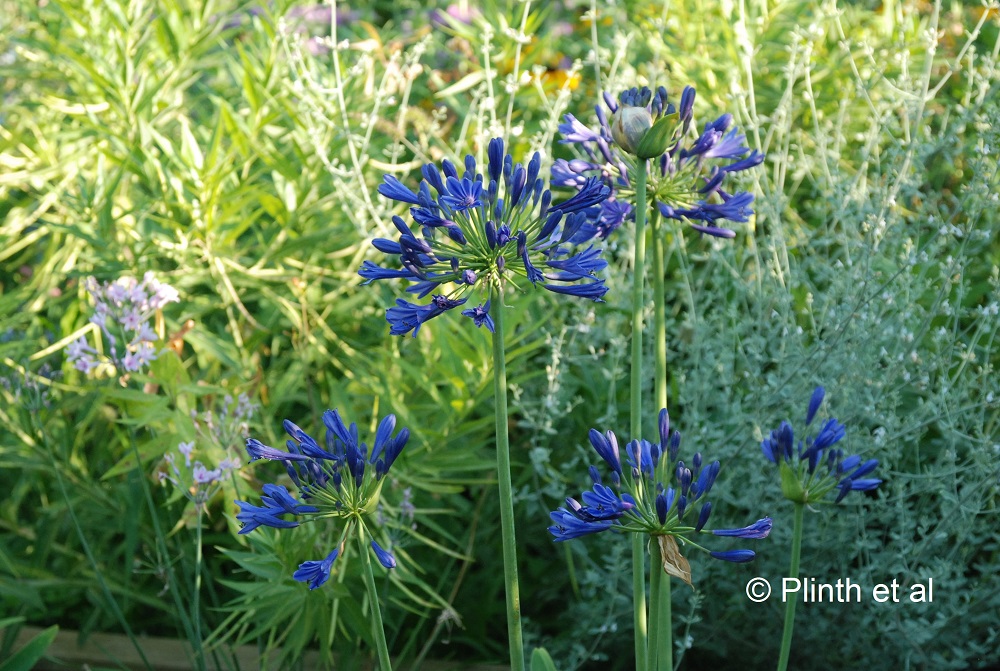
Agapanthus (unnamed variety): "I grow about 20 cultivars of evergreen Agapanthus, some named and others unnamed. You can count on them for adding a strong blue touch in June and July when most of the salvias seem to fade."
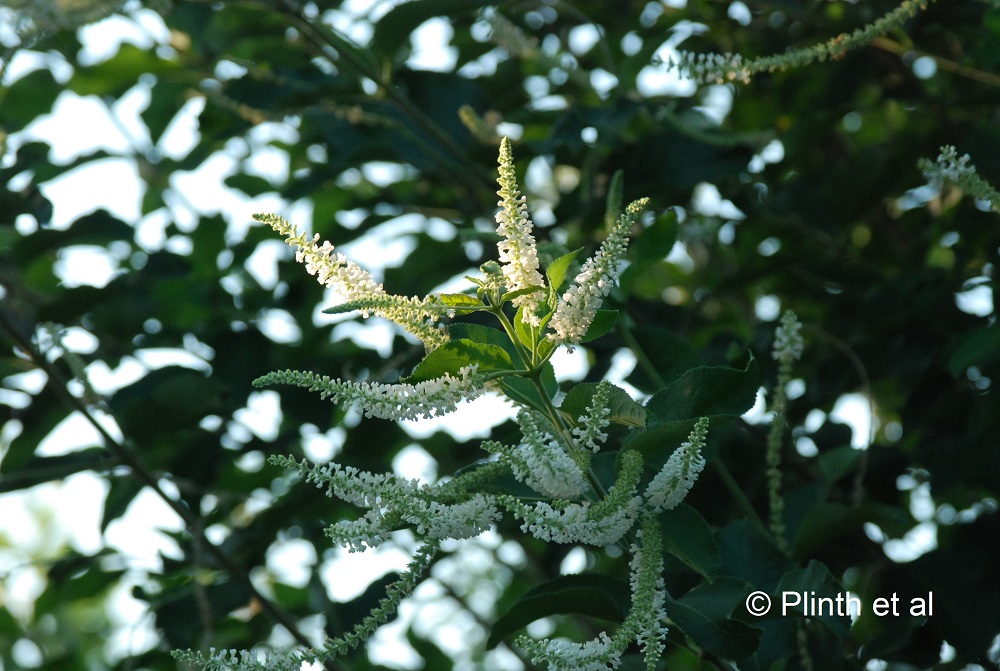
Aloysia virgata: "Although this shrub might not be the best looking plant, its scent can fill the whole garden on a warm still day." This Argentinian and Brazilian native (Zones 7B to 10B) is treated as a die-back perennial in its colder limits, but becomes a tall open shrub in warmer zones. The scent has been compared to vanilla and almonds.
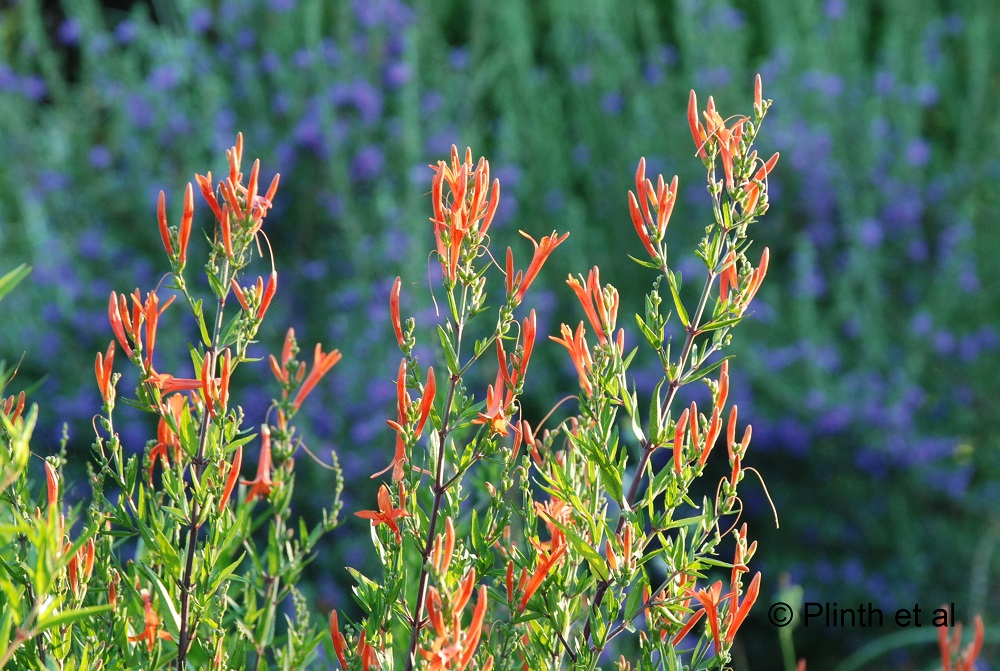
| Anisacanthus quadrifidus var. wrightii: "A Texan plant perfectly adapted to our Athens climate, having minimal watering needs and covered in flowers. Hummingbirds in US will make a beeline for this xerophytic plant (Zones 7A to 10B) adaptable either in rocky alkaline or heavy soils. |
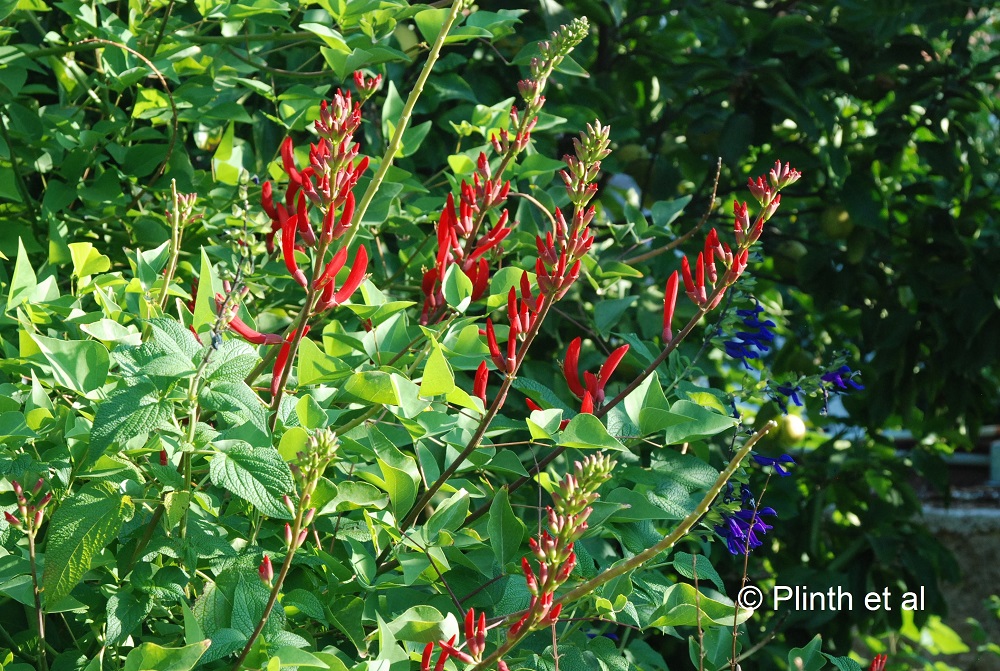
Erythrina x bidwillii (E. crista gallii x E. herbacea): "You can count on its constant flowering all summer long, despite the more popular E. crista gallii." This hybrid (Zones 7B to 10B) originated in Camden Park, an Australian estate outside of Sydney, in the 1840s where William Macarthur named it after his convict gardener Edmund Blake.
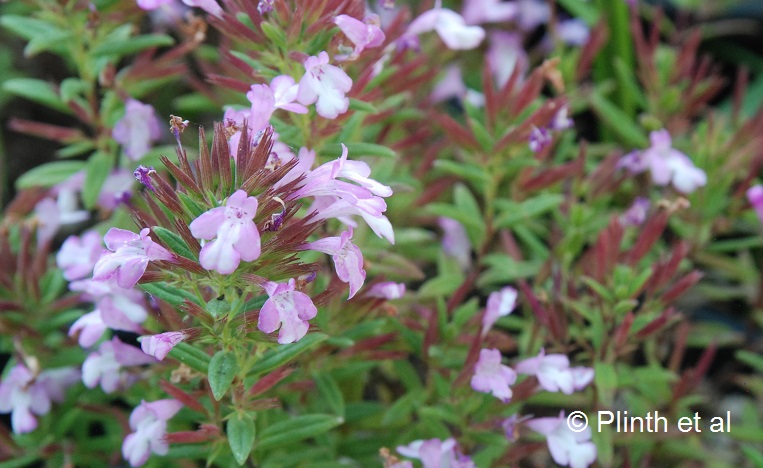
Micromeria helianthemifolia ssp. helianthemifolia: "This little thing from the Canary Islands stole my heart right away. Beautiful scent on the foliage and once put into the ground, it forms a perfect round shrublet covered in pink in June." Relatively unknown in cultivation, this mint relative may be hardy up to Zone 7B, if not Zone 8.
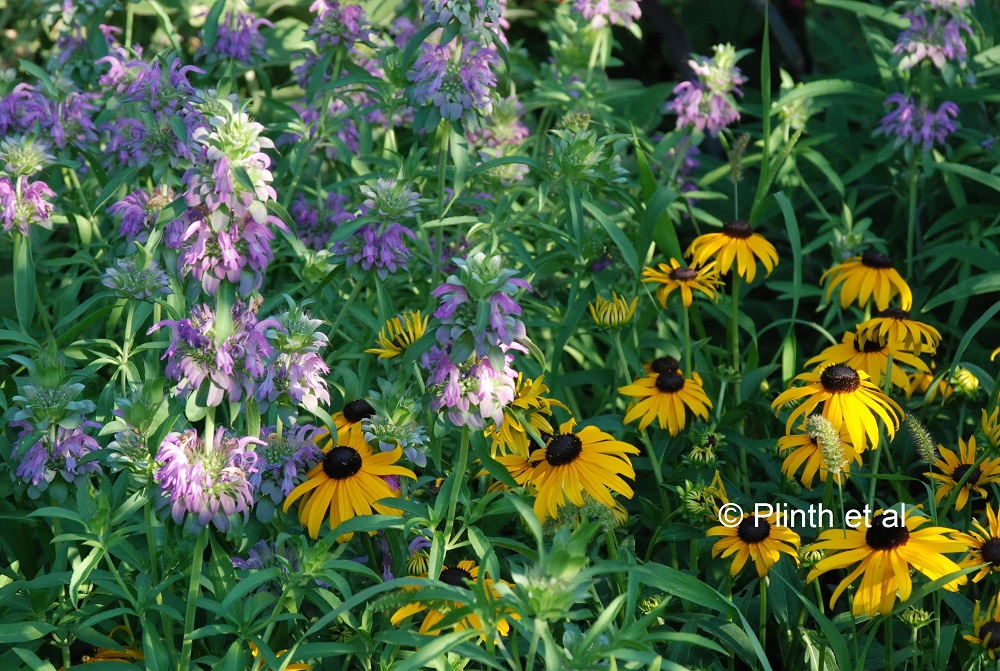
Monarda 'Lambada': "A self sowing Monarda that always seems to select the correct place to grow." This annual beebalm is grown from seed and has proven to be a good cut flower in trials.
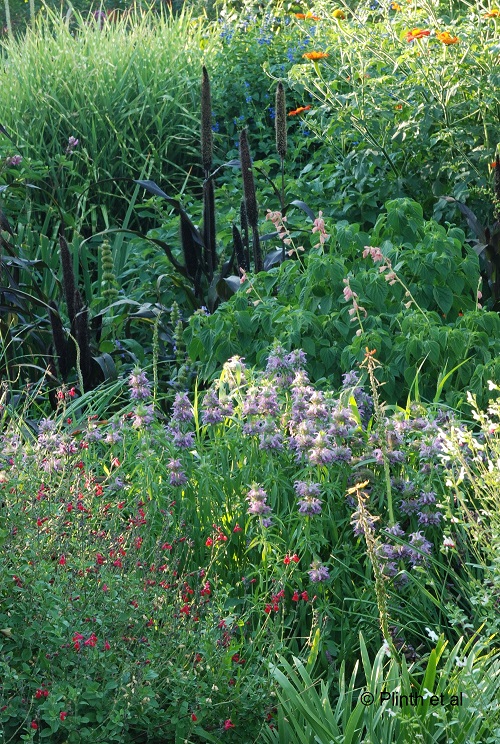
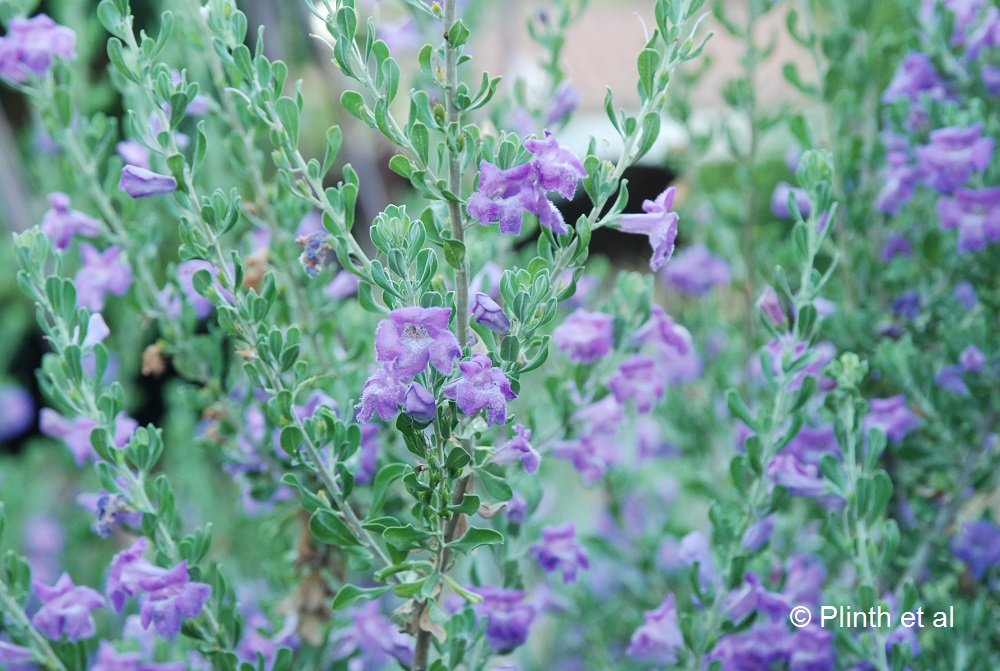
Leucophyllum frutescens: "I discovered Leucophyllums some years ago and now I would never garden without them. Their ability to repeat flower all through the summer is just amazing." The Texas silverleaf, a member of the figwort family Scrophulariaceae, has become a popular xerophytic shrub (Zones 8-10) in Texas for its tolerance of gravelly alkaline soils and drought.
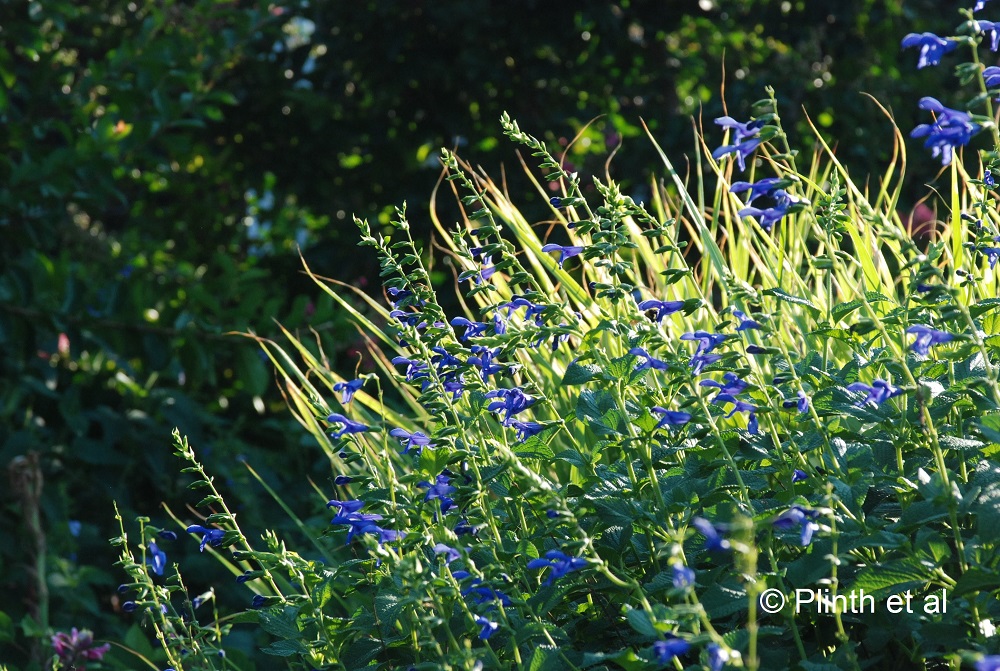 Salvia guaranitica 'Blue Enigma': "Probably the least running of the S.guaranitica forms. All others have me running along every winter to confine them." The flowers are indeed true blue for 'Blue Enigma', which can become a hardy subshrub for those gardening in Zones 7B to Zone 11.
Salvia guaranitica 'Blue Enigma': "Probably the least running of the S.guaranitica forms. All others have me running along every winter to confine them." The flowers are indeed true blue for 'Blue Enigma', which can become a hardy subshrub for those gardening in Zones 7B to Zone 11.
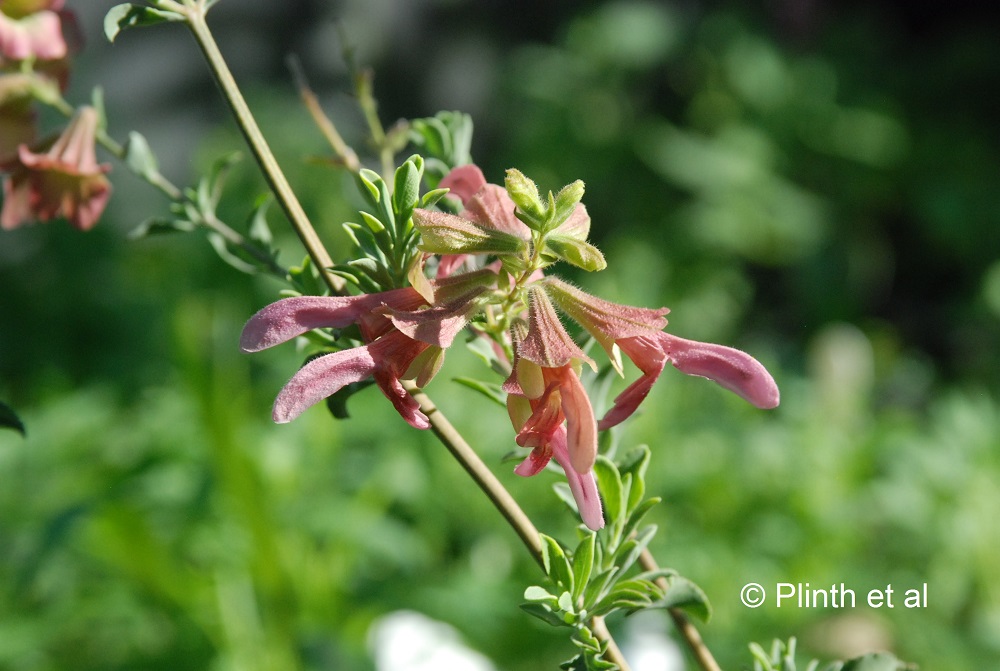
Salvia lanceolata: "A South African sage, similar to but much more confined than the more common S. africana-lutea." One of the few Cape species not pollinated by bees, but by birds, this salvia (Zones 8 or higher) has unusual bronze to coppery colors that would look with grasses and purple-flowering perennials.
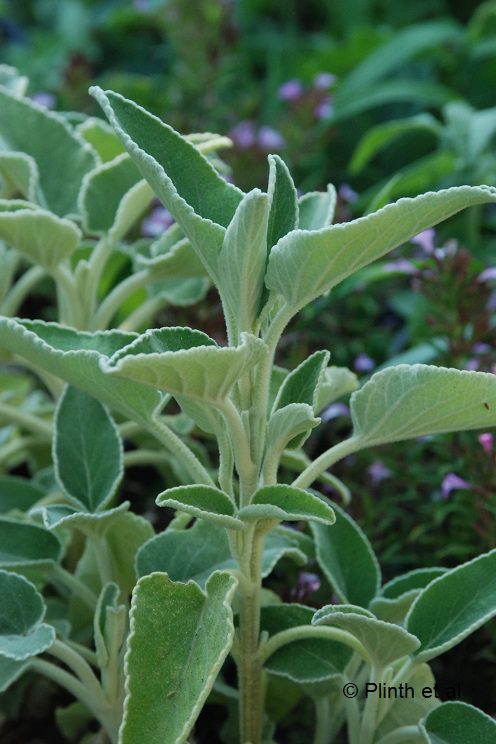
Sideritis dendro-chahorra: "A species from the Canary Islands. The Macaronesian Sideritis are surprisingly drought tolerant plants and much larger than their Mediterrranean relatives."
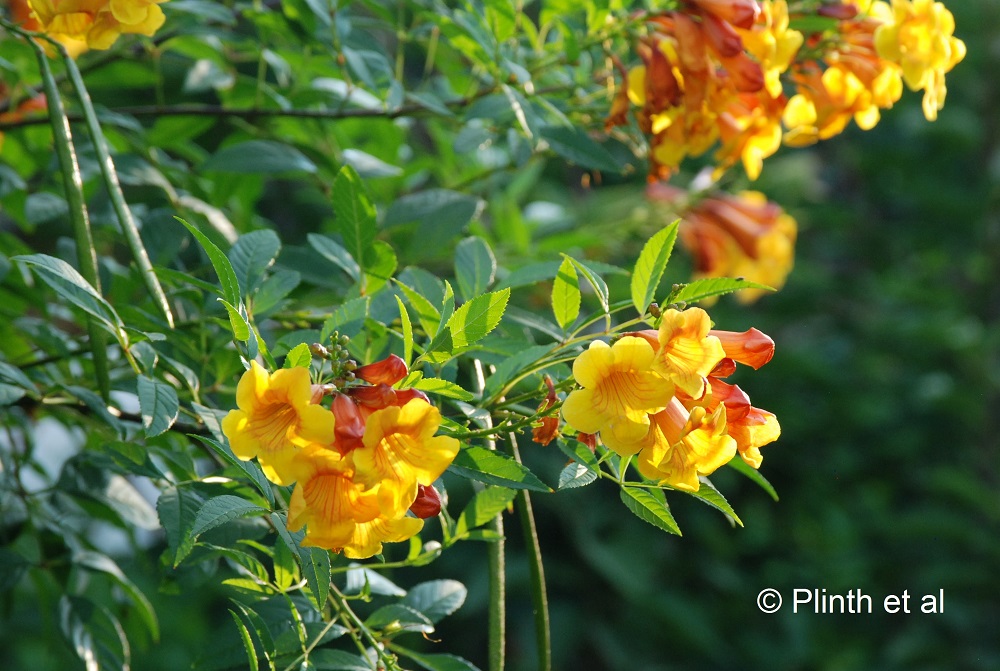
Tecoma 'Sunrise' - "A cultivar that produces little seed, thus putting all its effort into constant flowering from April till the first frosts." Mature height and width is 8' by 8' for a relatively rapid growing shrub hardy to Zone 8. Its old flowers are spent rapidly and seed production occurs late enough in the season that the floral display isn't compromised.
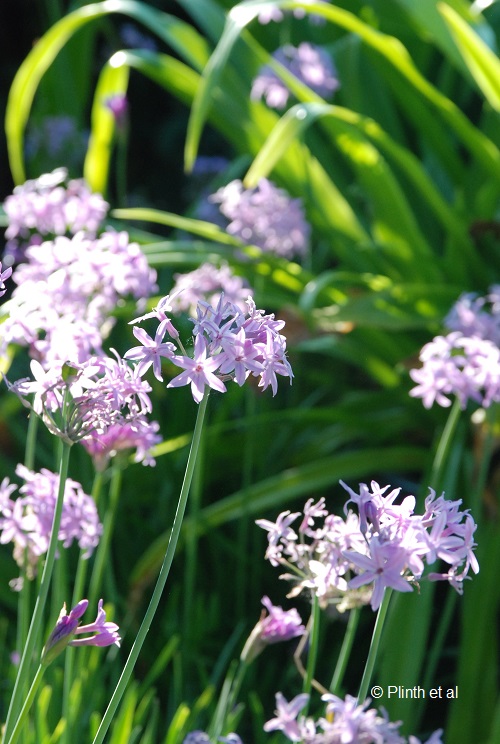 Tulbaghia violacea: "The common society garlic, has sparkled my interest to grow more in the genus, now counting more than 20 species and cultivars." With its strap-like leaves and umbels of pale pink flowers, the common society garlic does resemble a pink form of Agapanthus campanulatus, although it is less hardy, withstanding warmer limits of Zone 7 and above.
Tulbaghia violacea: "The common society garlic, has sparkled my interest to grow more in the genus, now counting more than 20 species and cultivars." With its strap-like leaves and umbels of pale pink flowers, the common society garlic does resemble a pink form of Agapanthus campanulatus, although it is less hardy, withstanding warmer limits of Zone 7 and above.
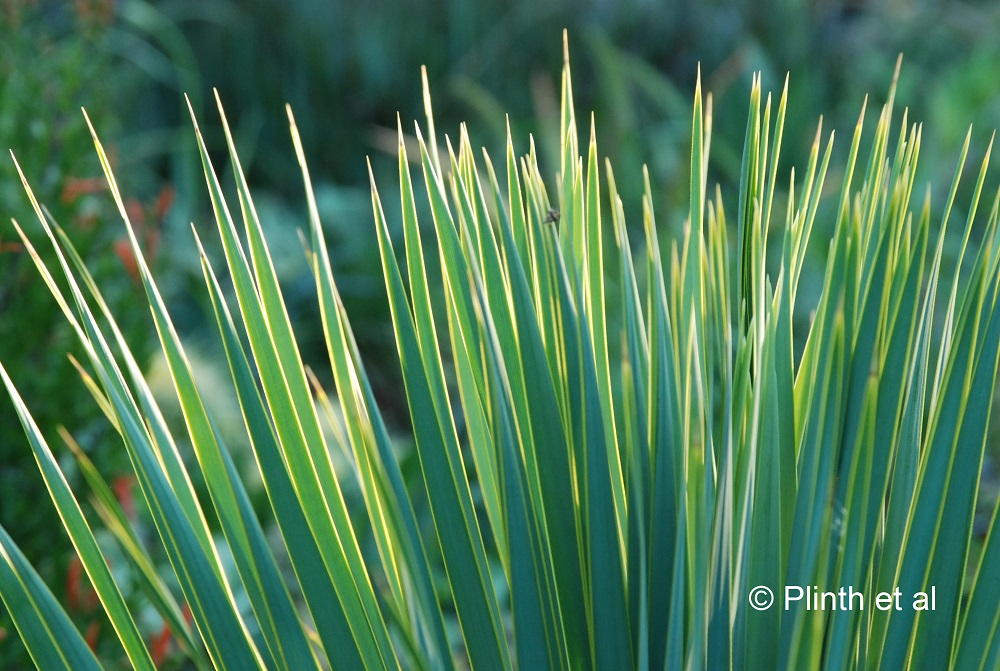
Yucca rostrata: "A plant I raised from seed, now in its fifth year and slowly starting to develop a trunk." One of the hardiest yuccas (up to Zone 6B with good drainage, although plants have withstood cold winters in Denver, Colorado), the beaked yucca eventually forms a trunk giving its sharp architectural form in the garden. The leaves are a beautiful blue green color.






